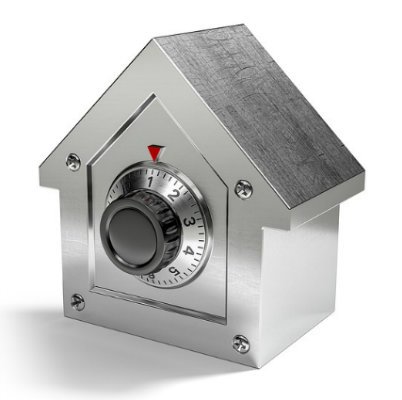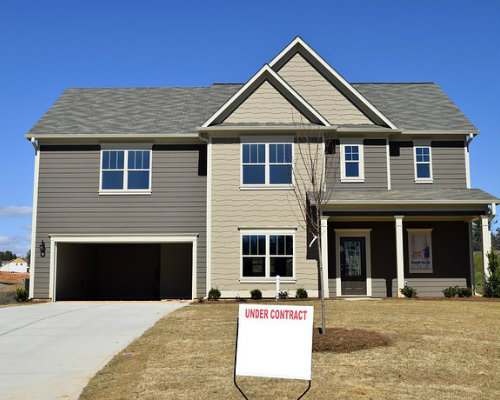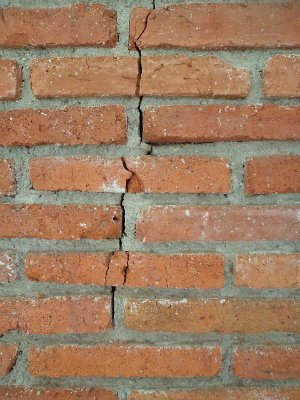Pop, Bang, Boom!
These are just a few sounds you probably don’t want to hear coming from your HVAC system. Unfortunately, the day will come when you have to deal with the HVAC headache.
A rattling, roaring, clamoring or any other sound coming from your walls is a sign that something is going on with your HVAC system. Read on as we identify what these problematic sounds are and what they likely mean.
The occasional sound is nothing to worry about, but if your vents are so loud you can’t hear your TV, then you may want to give it a second thought.
Weird Sounds and What They Mean for Your HVAC
1. Banging
Hear a bang coming from your AC?
Chances are a component has come loose and is being tossed. Maybe a piston pin, the crankshaft, or even just a simple screw got out of place.
Turn off your AC and inspect the condenser unit for any loose parts, if you feel comfortable doing so. Otherwise call in a certified professional.
2. Hissing
Does it sound like air is escaping?
That’s because it probably is. The other cause for this sound could be leaky ducts. This is a costly problem that you don’t want to ignore.
Duct repair must be done by a professional.
However, if you hear a hissing coming from the air vent it may be a simple fix — your air filter is probably out of place. Make sure the filter is the correct size and then properly place it, leaving no gaps for air to escape.
3. Clanking
A good running HVAC will often make a light humming noise, but clanking is a different story.
If it sounds as if there’s a hammer in the dryer, then it’s probably a red flag for loose components that may lead to costly repairs.
Turn your system off and wait for a technician to take a look.
4. Clicking
A click when your AC turns on or shuts off is normal, but if it persists, it’s often a sign of a broken thermostat or a defective control.
Check that it’s not just your thermostat. And once you confirm it’s not, call in a professional
5. Squealing
This sound means problems with the blower wheel or motor fan, and neither should be put off for later inspection.
Take care of this as soon as it arises. You’ll more than likely need to have either or both of these parts replaced to correct the problem.
6. Screaming
Definitely at the top of the list of sounds you never want to hear from your AC!
That’s because 1., it’s terrifying, and 2., it’s a sign of a serious issue.
If you hear this, turn your AC off immediately.
This could be a side effect of a refrigerant leak which will do damage to your unit AND could cause harm to your family’s health. Additionally, it indicates high internal pressure within your compressor, which is very dangerous.
Have you noticed one of these unsettling sounds? Schedule your home inspection today and let one of our certified inspection experts put your mind at ease.
Get your inspection in the books by filling out our contact form here!





